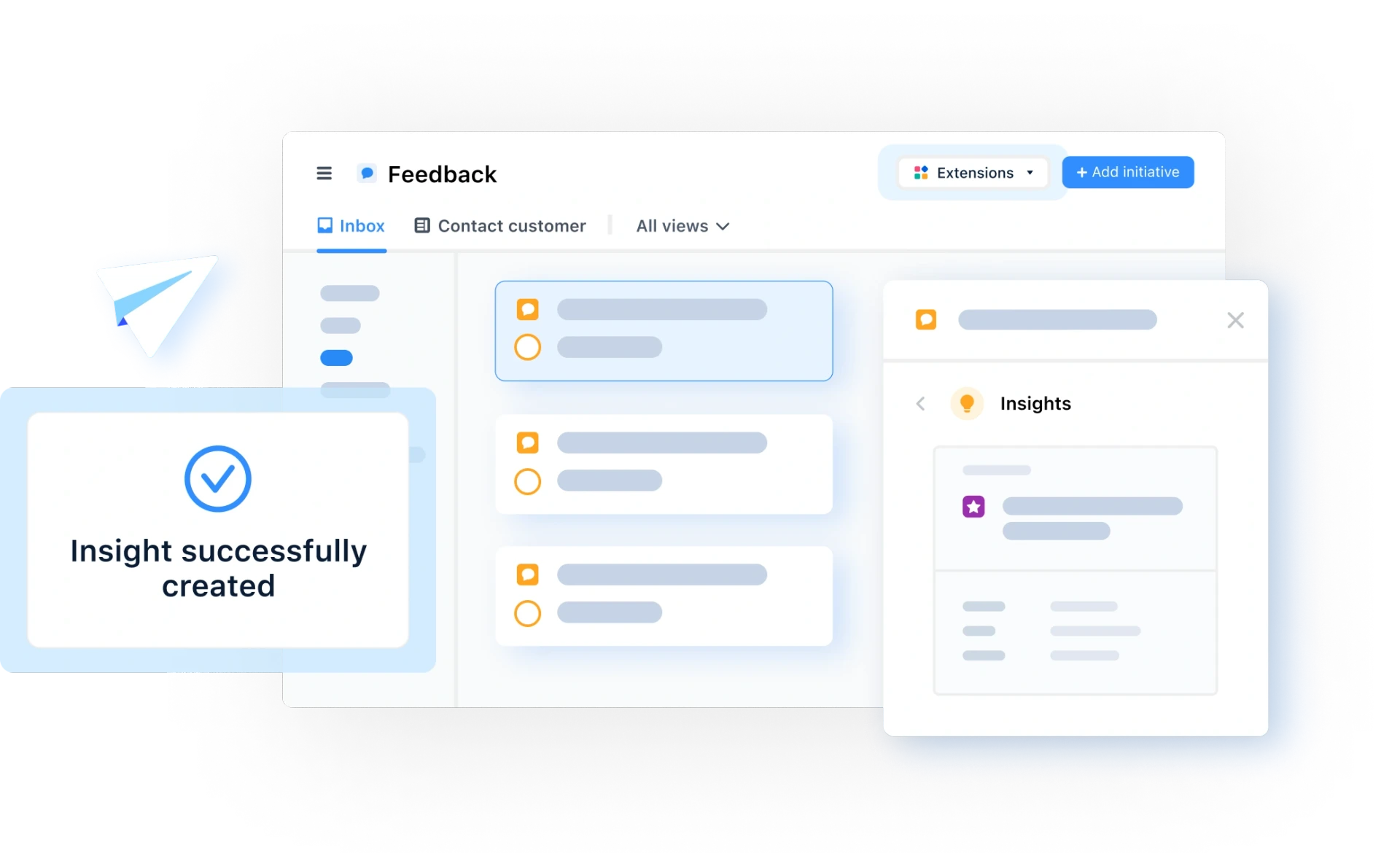What are bugs?
Definition of a bug
Bug is one of the most widely used words in software development — but it isn’t a welcome one! Bugs are best described as issues that cause the software to behave in ways that are neither expected by the user nor intended by the developer(s).
Bugs can have a wide-ranging impact on the product’s performance, from minor issues that can be overlooked to major ones that make the software impossible to use. In either case, bugs should be addressed and fixed, to deliver the most satisfying user experience.
Major bugs are typically treated as urgent and prioritized, particularly if there’s a risk that users will expect a refund and/or warn other buyers against investing in the product.
What are some examples of bugs?
Many bugs can affect a product’s performance and functionality, but one of the most common types is a crash. A software crash occurs when the software stops performing as expected and shuts down, potentially in the middle of completing an action.
For example, a word processing application could crash while the user is writing an essay or report. This may cause them to lose work if they haven’t hit “save” for some time, which results in a negative impact on productivity (and bad perceptions of the product).
Typos are also a type of bug. While typos are just tiny coding errors made by a developer, they are capable of creating disastrous results. A misplaced letter or an incorrect number can cause significant changes to a tool or program’s intended functions and interface.
A software bug can disrupt a business’s ability to generate leads, interact with users, facilitate purchases, and more. For example, an e-commerce website may be unable to accept payments from customers at various stages. Products might not appear in the customer’s cart, or payments could be rejected. Consumers could become frustrated and look elsewhere, potentially even assuming the company is untrustworthy.
Who is responsible for fixing bugs?
Typically, bugs will be discovered by a member of the QA (Quality Assurance) team while running automated tests, or by a product manager. Alternatively, if a bug is missed by any of the developers, QA testers, or product managers, it may be identified by a user instead. This is not an ideal situation, as it would disrupt the user’s experience and potentially decrease their satisfaction with the purchase.
The responsibility for fixing bugs falls on developers, either those who created the product in the first place, or others who recognize the issues. A developer may utilize a debugger to track down bugs and remove them in an efficient manner.
Version control is another tool that developers can leverage to find bugs. This involves analyzing code at a number of revision stages, to understand at which point an issue first appeared. Another option is to build a test program and reproduce the bug that is causing problems.
A developer may need to work with one or more colleagues to identify a bug if they are struggling to do so on their own.

General FAQ

Glossary categories
All product feedback in one place

Experience the new way of doing product management







